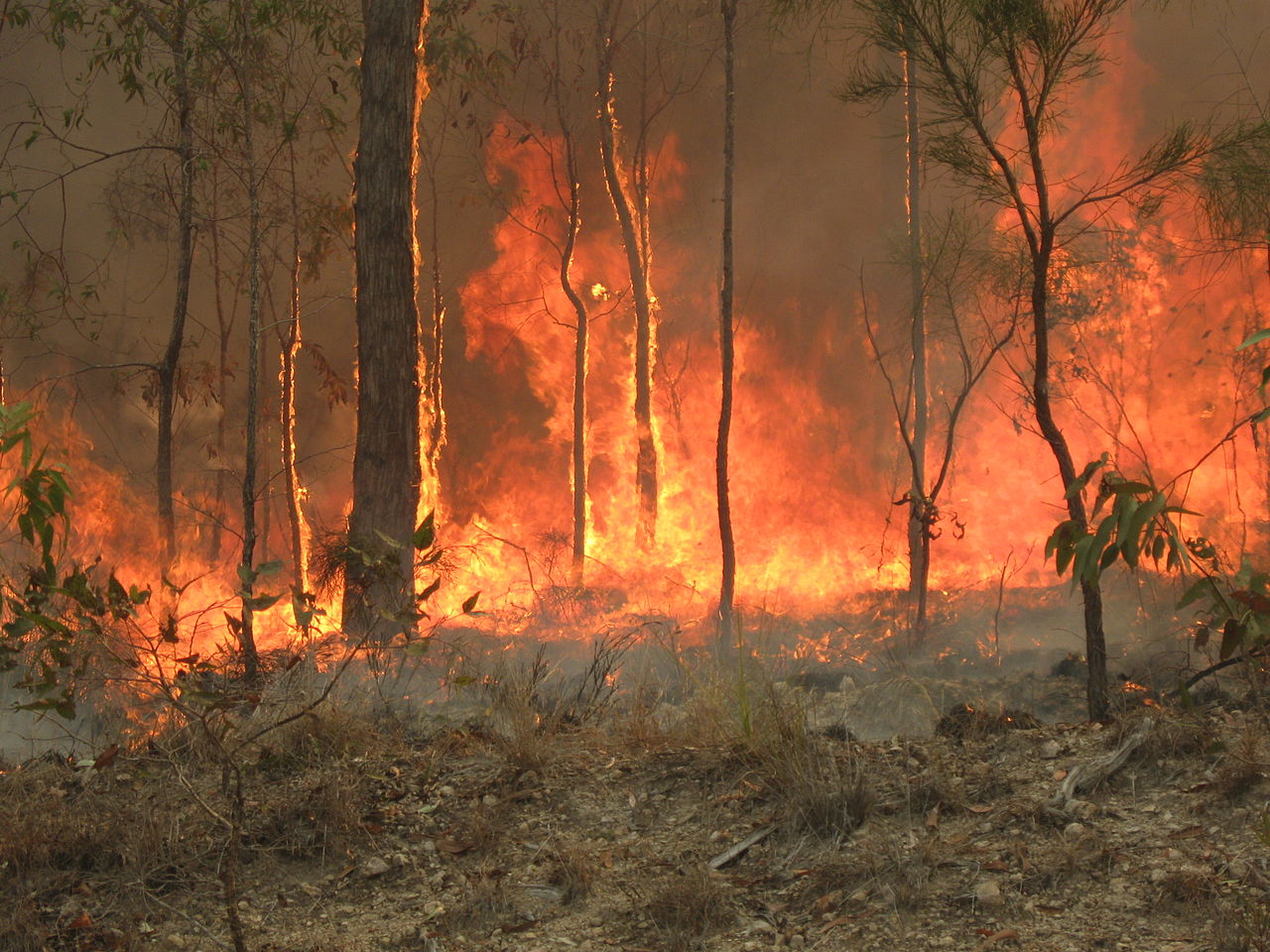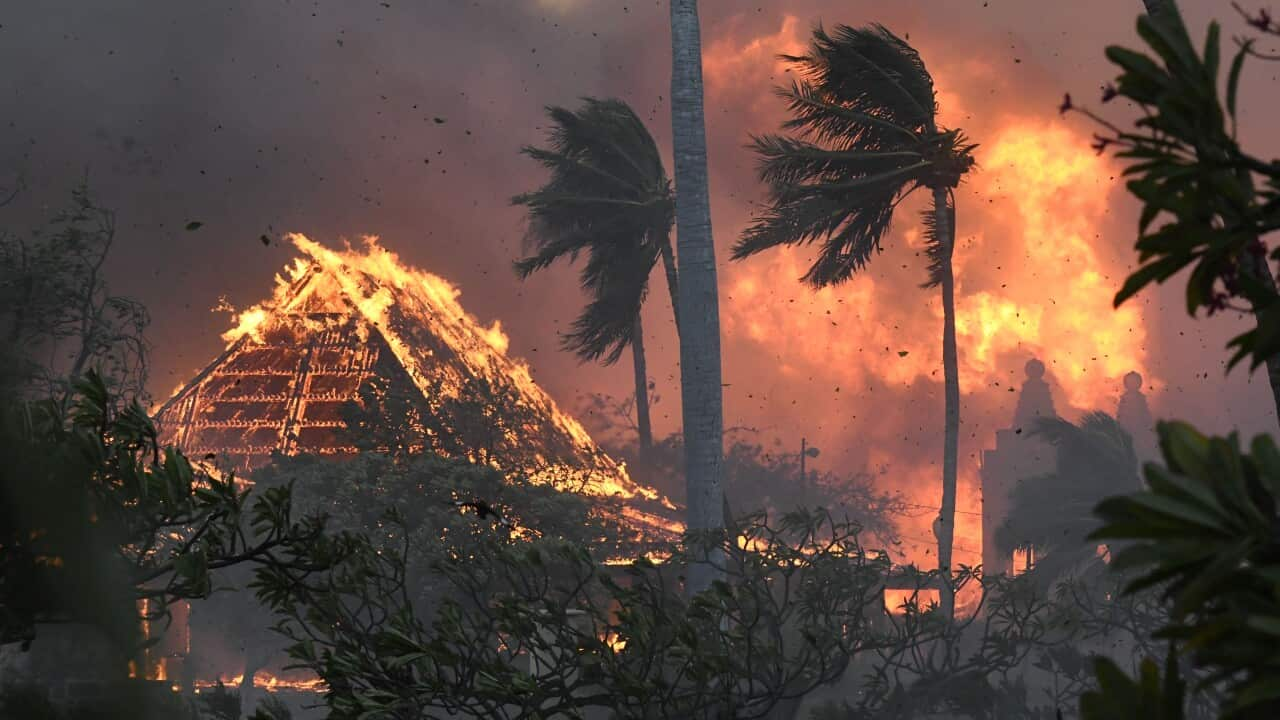Navigating Home Safety: Understanding the Value of a BAL Report
Navigating Home Safety: Understanding the Value of a BAL Report
Blog Article
How BAL Record Impacts Shrub Fire Security Steps
In the world of bush fire defense, the Structure Attack Level (BAL) record stands as a critical device that dramatically influences the safety and durability of residential properties in fire-prone locations - BAL Report. The influence of a BAL analysis extends much past mere documentation; it serves as the keystone for identifying the proper construction requirements and fire protection steps required to reduce the threats posed by bushfires. As neighborhoods come to grips with significantly serious fire seasons, understanding how the BAL record forms these protective actions ends up being critical for house owners, policymakers, and home builders alike
Understanding the Bushfire Attack Degree

Value of BAL Record Assessment

Additionally, the BAL record evaluation offers as a fundamental step in following legal commitments and needs connected to bushfire defense. Neighborhood councils and authorities usually mandate the entry of a BAL record as component of the planning and building approval procedure to ensure that residential or commercial properties are sufficiently guarded against bushfire risks. Falling short to conduct a comprehensive BAL record evaluation can result in poor defense actions, leaving residential properties vulnerable to ravaging bushfire cases.
Construction Standards Based on BAL
A thorough understanding of the Bushfire Assault Degree index (BAL) enables homeowner to implement construction standards tailored to their certain danger profile. Building requirements based on BAL are essential in alleviating the influence of bushfires on residential properties. The BAL rating categorizes the prospective risk a residential property deals with throughout a bushfire on a range from BAL-Low to BAL-FZ (Flame Zone) Each BAL level represents specific building and construction demands outlined in the Australian Typical AS3959-2018 Building And Construction of Buildings in Bushfire-Prone Locations. Buildings categorized as BAL-Low may just call for standard actions such as clearing debris and maintaining gardens, while navigate to this site those in greater BAL categories require even more durable measures like coal displays, fire-resistant materials, and secured home windows. Abiding by these building standards not only boosts the structural resilience of the residential property but also improves the overall security of citizens throughout a bushfire occasion. Consequently, residential property proprietors have to thoroughly consider their BAL score and abide with the matching building criteria to appropriately protect their owners and homes.
Implementing Fire Protection Procedures
With the structure of construction criteria based on Bushfire Assault Degree (BAL) in location, the focus now shifts towards the functional application of fire protection measures to fortify residential properties versus bushfire hazards. Passive measures consist of making use of fireproof structure products, mounting coal guards on vents, securing spaces in wall surfaces and roofings, and preserving a clear space around the building free from flammable plant life. By incorporating both passive and energetic methods, residential or commercial properties can considerably reduce their susceptability right here to bushfire occurrences and enhance the security of residents.
Shielding Houses Versus Bushfires
Successfully safeguarding homes against the destructive impacts of bushfires needs a detailed and positive approach to fire defense actions. In addition, sealing vents and gaps to stop ash invasion, as well as integrating fire-resistant doors and home windows, can assist fortify the home's defense versus bushfires. By embracing a proactive stance and integrating these protective actions, homeowners can dramatically raise their opportunities of securing their homes against bushfires.
Verdict
In conclusion, the Bushfire Strike Level (BAL) report plays a critical role in determining the essential defense measures against bushfires. Carrying out fire defense measures based on the BAL report is necessary in safeguarding buildings from potential bushfire risks.
In evaluating bushfire danger to residential or commercial properties, recognizing the Bushfire Attack Level (BAL) is a crucial element for carrying out reliable defense measures. Generally, a clear understanding of the Bushfire Attack Level is vital for implementing adequate security procedures and reducing the effect of bushfires on residential or commercial properties.

Report this page